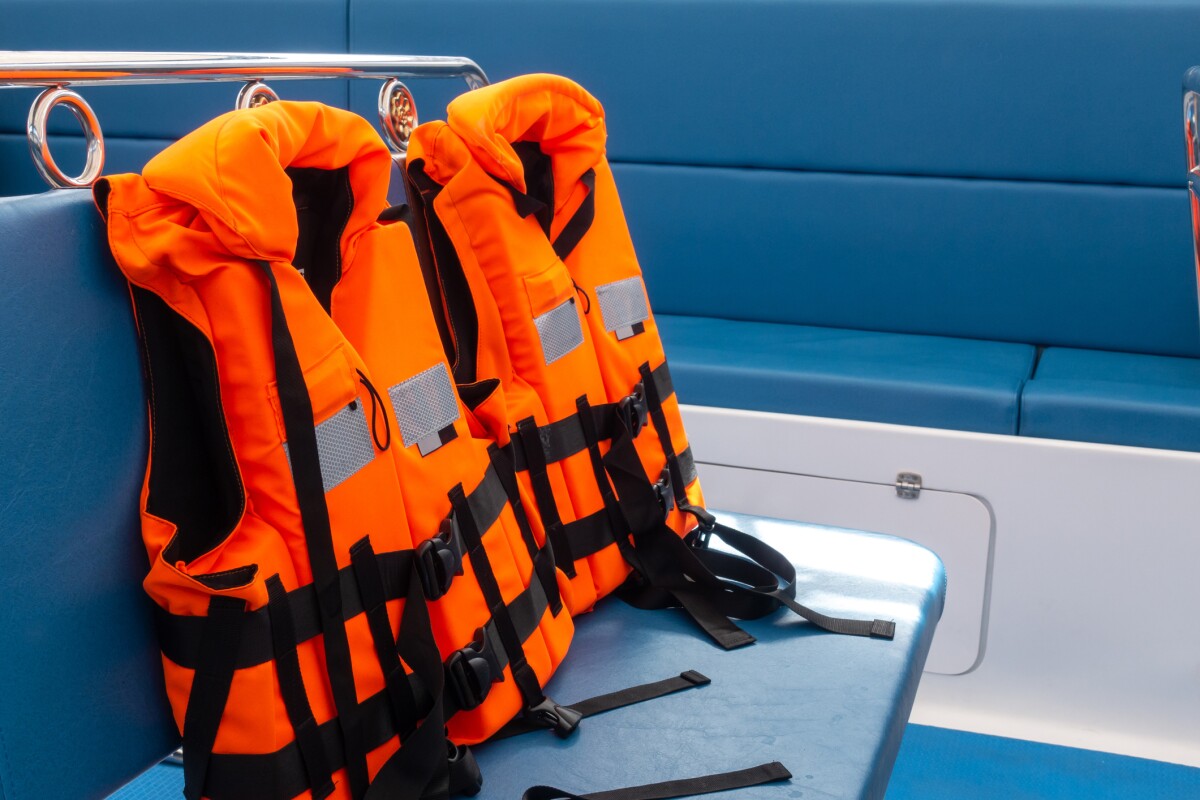Key Considerations When Choosing Tools for Marine and Industrial Use
Discover how to choose the right tools for marine and industrial use with tips on corrosion resistance, safety, durability, and environment-specific needs.

When it comes to working in tough environments like marine settings or heavy industries, the tools you choose can make or break the job. A wrench or hammer that works fine in a garage may not survive long on a ship, and equipment built for light workshop use may fail when exposed to the constant stress of industrial machinery. Selecting the right tools is not just about durability it’s about safety, efficiency, and cost-effectiveness over time.
Let’s break down the key things you should keep in mind when deciding what to use in marine and industrial work.
1. Resistance to Corrosion
Saltwater is one of the most aggressive elements when it comes to wearing down metal. If you’re working in a marine environment, your tools will face constant exposure to humidity and sometimes direct contact with seawater. This can quickly corrode unprotected steel or cheaper alloys.
For that reason, materials like stainless steel, bronze, and specially coated metals are often preferred. They hold up better in salty, damp conditions, saving you from having to replace tools too often.
2. Strength and Durability
In industrial environments, tools are pushed to their limits. Heavy machinery, high torque, and repetitive use can all wear them down. A well-built tool should handle pressure without deforming or cracking. Durability doesn’t just save money in the long run; it also reduces the risk of accidents caused by tool failure.
3. Safety in Hazardous Environments
Some industries involve working near flammable gases, chemicals, or explosive materials. In these situations, using the wrong kind of tool can be dangerous. For example, steel tools can produce sparks if struck against hard surfaces, which could ignite flammable vapors. Non-sparking tools made of copper alloys, bronze, or aluminum-bronze are often chosen for safety in these environments.
4. Ergonomics and Comfort
Industrial and marine work is often physically demanding. Imagine tightening hundreds of bolts or hammering for hours on end poorly designed tools will quickly take a toll on your body. A tool with a comfortable grip, balanced weight, and thoughtful design can make a huge difference. It’s not just about comfort either; ergonomics helps prevent long-term injuries like repetitive strain.
5. Maintenance and Longevity
Good tools are an investment, and like any investment, they need upkeep. Some require regular cleaning and lubrication, while others are virtually maintenance-free. In marine settings, rinsing tools with fresh water after use and storing them properly can extend their life dramatically. Choosing tools that are easy to maintain is just as important as choosing tools that are built tough.
6. Cost vs. Value
It can be tempting to go for cheaper tools, especially if you’re buying in bulk. But in marine and industrial settings, a bargain often costs more in the long run. A tool that breaks easily will need replacing, and worse, could damage equipment or injure someone. It’s smarter to consider the total value how long the tool will last, how safe it is, and how much downtime it can save rather than just the upfront price.
7. Material Choice Matters
Different tasks and environments call for different tool materials. For instance:
- Stainless steel for corrosion resistance.
- Bronze or copper alloys for non-sparking safety.
- Hardened steel for maximum strength.
Among these, certain alloys are especially useful because they strike a balance between strength and safety. One example often found in both marine and industrial settings is brass tools, valued for being non-sparking and resistant to corrosion.
Final Thoughts
Choosing the right tools for marine and industrial use is about more than just picking something that “does the job.” It’s about matching the tool to the environment, understanding the risks involved, and investing in gear that keeps people safe and work efficient. If you weigh factors like corrosion resistance, durability, safety, and ergonomics, you’ll end up with tools that not only last longer but also make tough jobs easier.